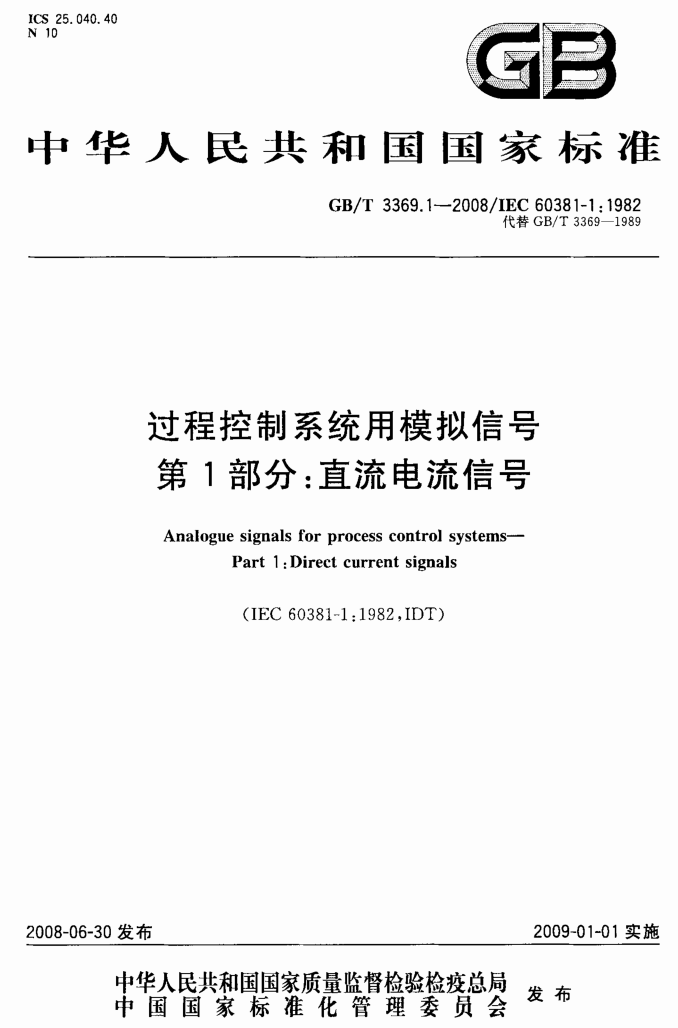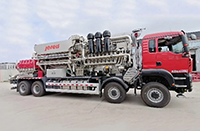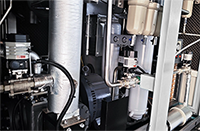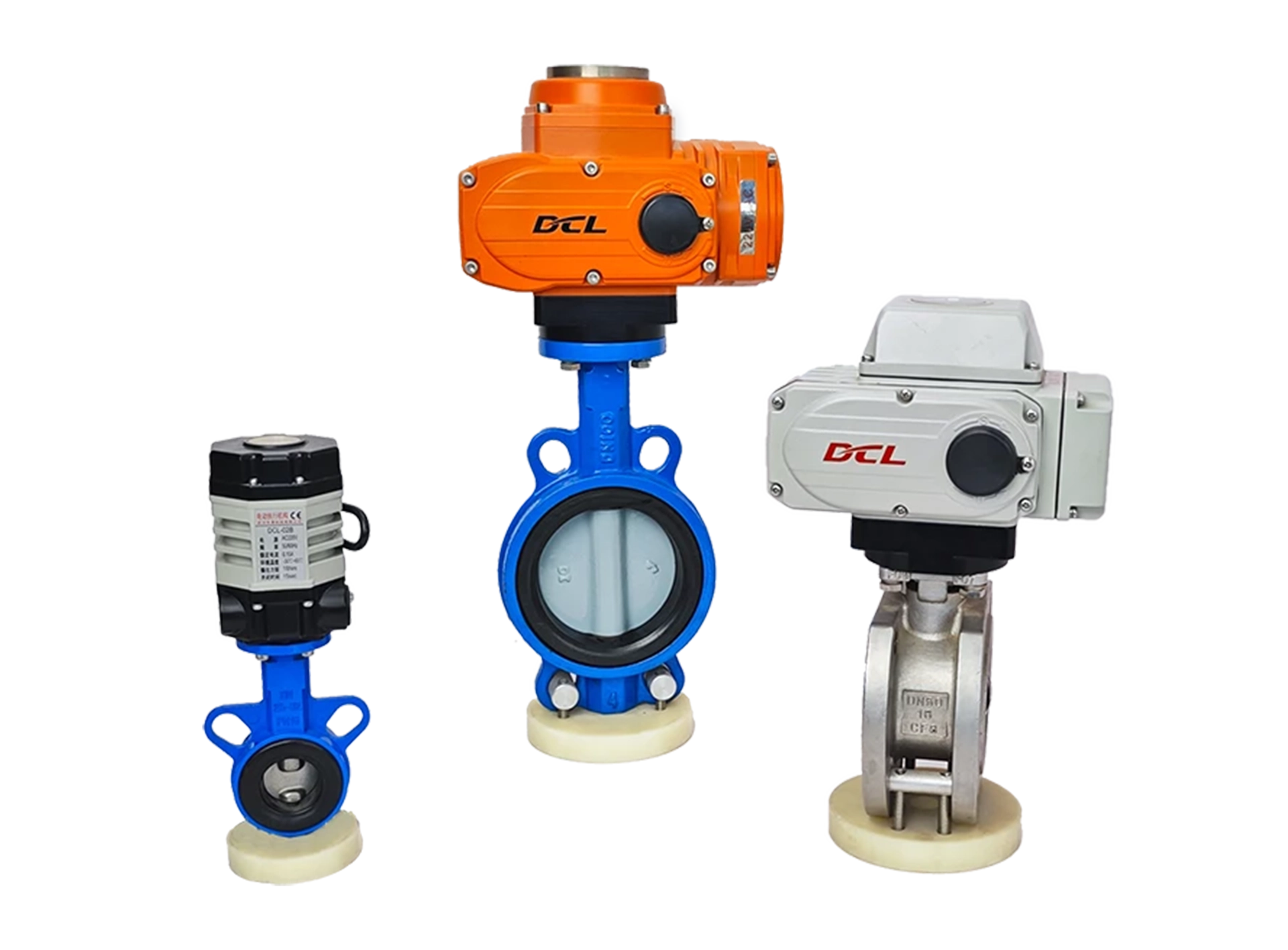Electric actuator current signal 4-20mA applicable standards:
- Analog signals for process control systems Part 1: DC current signals (GB/T 3369.1-2008/IEC 60381-1:1982)
- Analogue signals for process control systems-Part 1: Direct current signals (IEC 60381-1:1982, IDT)

Preface
GB/T 3369 Analog Signals for Process Control Systems is divided into the following two parts:
-Part 1: DC current signals;
-Part 2: DC voltage signals.
This part is Part 1 of GB/T 3369.
This part is equivalent to IEC 60381-1:1982 "Analog signals for process control systems, Part 1: DC current signals".
According to GB/T1.1-2000 Guidelines for Standardized Work, Part 1: Structure of Standards and Rules for their Preparation, IEC 60381-1.
1982 The following editorial changes were made:
(a) The words "this standard" have been replaced by the words "this part".
b) The preamble to IEC 60381-1:1982 was deleted;
c) Wherever "IEC 60381" appears, replace it with "GB/T 3369".
d) Replace the comma "," with a decimal point ". "instead of a comma as a decimal point",".
This part replaces GB/T 3369-1989 Analog DC Current Signal for Industrial Automation Instrumentation.
Compared with GB/T 3369-1989, the main changes are as follows:
--The name of the standard was changed from Analog DC Current Signal for Industrial Automation Instrumentation to Analog Signal for Process Control System Part 1:
DC Current Signals;.
-- The words "this standard" have been replaced by the words "this part".
- Scope of application: GB/T 3369-1989 adopts IEC 60381-1:1982 with reference to the scope of industrial automation instrumentation; this standard is equivalent to IEC 60381-1:1982 with the scope of industrial process measurement and control system. (Chapter 1 of GB/T 3369-1989; Chapter 1 of this part).
--Replace "Industrial automation instruments" with "Components" in the scope (Chapter 1 of GB/T3369-1989; Chapter 1 of this Part). (Chapter 1 of GB/T3369-1989; Chapter 1 of this Part).
--The terms and definitions "power supply" and "ripple content of the power supply voltage" have been added to the terms and definitions section (2.9, 2.10 of this Part); "power supply" has been added to the terms and definitions section. The terms and definitions of "power supply" and "ripple content of the power supply voltage" have been added to the Terminology and Definitions section (2.9, 2.10 of this Part).
--The requirement for "power supply" has been added to the Technical Requirements section (3.7 of this section).
This part is proposed by the China Machinery Industry Federation.
This part is under the purview of the Second Sub-Technical Committee of the National Technical Committee for Standardization of Industrial Process Measurement and Control.
Responsible drafting unit of this part: Southwest University, China SIL Instrumentation Group.
Participants in the drafting of this part: Mechanical Industry Instrumentation Comprehensive Technology and Economy Research Institute, Beijing Mechanical Industry Automation Research Institute. Main drafters of this part: Liu Feng, Zhang Jiancheng, Zhu Peijun, Liu Jin.
Participants in the drafting of this part: Xiaosheng Feng and Bingbing Xie.
The successive issuances of the standards replaced by this part are:
-GB 3369- 1982.
-GB/T 3369- 1989.
Analog signals for process control systems
Part 1: DC current signals
1 Scope
This part specifies analog direct current signals for use in the transmission of information between system components in industrial process measurement and control systems. This part does not apply to signals used entirely within a component.
2 Terminology and definitions
The following terms and definitions apply to this part.
2.1
elements of industrial-process measurement and control systems
Functional units for the conversion, processing or transmission of measured values, control variables, controlled variables and reference variables and their integrated combinations.
2.2
Analogue direct current signal analogue direct current signal
In industrial process measurement and control systems, a DC current signal used to transmit information that varies in a continuous manner over its range.
2.3
range of an analogue direct current signal
All values that lie within the defined limits.
2.4
lower limit
Specified range minimums.
Note: The lower limit value can be zero or a finite value, if it is zero, it is called "true zero", if it is a finite value, it is called "live zero".
2.5
upper limit
Maximum value of the specified range.
2.6
Load impedance
The sum of the impedance of all connected receiving elements and connecting wires within the signal circuit.
2.7
ripple content of the direct current signal
The ratio of the peak-to-peak value of the AC component to the range of the analog DC current signal.
2.8
signal circuit common
Multiple "signal" circuits may have a common direct electrical connection, which may or may not be grounded.
2.9
power supply
Enables system components to generate DC current signals by providing the required DC power supply.
2.10
ripple content of the power supply voltage
The ratio of the peak-to-peak value of the AC component to the actual supply voltage.
3 Technical requirements
3.1 Range of analog DC current signals
Table 1 gives the range that an analog DC current signal should have.
| 表 1 直流电流信号的范围 | |
|---|---|
| 下限/mA | 上限/mA |
| 4 0 | 20(a) 20(b) |
| a 首选值。 b 非首选值,今后将会被取消。 |
|
3.2 Simulating values outside the range of DC current signals
Where the preferred signal is used, the value of 0mA is reserved exclusively for indicating a signal circuit fault or power supply failure.
3.3 Ripple content of DC current signals
The ripple content of the signal shall be specified and shall not exceed 31 TP3T.
In cases where the information is taken from the instantaneous value of the signal, e.g., in fast multiplexed digital system components, provision should be made for the element's ripple
Wave content.
3.4 Signal Common
The signal common should be the lowest potential point in the signal circuit. If the signal common is connected to a power supply, it should be connected to the negative side of the power supply (or the 0 V side of a bipolar power supply).
3.5 Grounding
If the signal circuit requires grounding, the signal common or the negative end of the power supply (or the 0V end of a bipolar power supply) should be grounded.
3.6 Load Impedance
A variable or control system element shall be capable of continuously driving any load between 0Ω and 300Ω.
3.7 Power supply
Any transformer system component using an external power supply shall operate normally when the supply voltage varies between 20 V (D.C.) and 30 V (D.C.).
The ripple content of the supply voltage shall be specified and shall not exceed 10% of the nominal supply voltage.
A stable power supply should be used.
For evaluation and comparison of system component characteristics, a reference supply voltage of 24 V (D.C.) is recommended.
Related Technical Articles:
- Why do voltage-type output signals oscillate under certain operating conditions?
- Electric actuator anti-interference performance competition (4-20mA VS 2-10V)
Relevant technical standards


























 Egong.com.cn 42018502006527 No.
Egong.com.cn 42018502006527 No.